2016 Impaired Waters List Shows Crucial Need for Water Quality Funding
posted
on Wednesday, June 21, 2017
In April, the Iowa Department of Natural Resources (DNR) released a draft of its 2016 list of Iowa’s impaired waterbodies for public comment. An impaired water is a river, stream, lake or wetland that has had sufficient water quality information obtained and the data indicates that the water does not meet water quality standards for one or more of its designated uses.
The total number of impaired lakes, rivers and streams has grown from 736 to 750, a 2% increase over two years since the report for 2014. An increase in the number of impaired waters listed is related to the number of waters assessed because as more waters are evaluated, more impaired waters are identified. To get an idea of water quality trends, it is better to look at the percentage of assessed waters found to be impaired. While the number of impaired waters on the draft list has increased, the percentage of all assessed waters found to be impaired has decreased slightly from 55.9% in 2014 to 54.4% in 2016. Even though there has been a slight decrease in the percentage of assessed waters found to be impaired, the fact that over half of Iowa waters assessed are found to be impaired is not good news for Iowa’s water quality, environment, economy or quality of life, and underscores the need for urgent action to reverse this trend.
Assessment Results
Rivers and streams, 1044 assessed. Source: Iowa DNR.
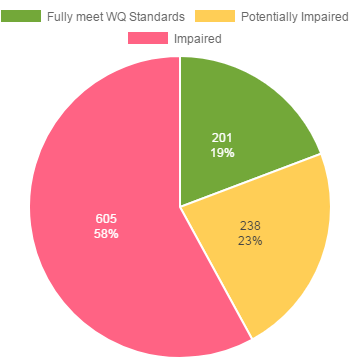
Lakes and Reservoirs, 204 assessed. Source: Iowa DNR.
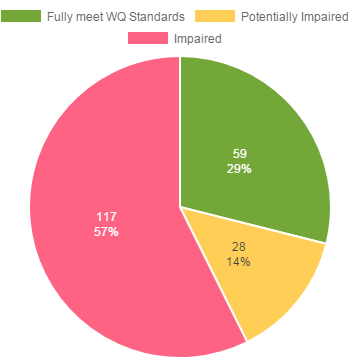
Wetlands, 103 assessed. Source: Iowa DNR.
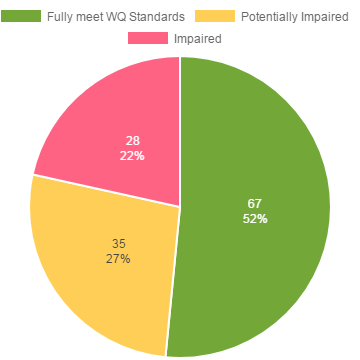
The Council supports the DNR’s process of monitoring and evaluating the quality of Iowa rivers, lakes and streams and listing of waters found to have impairments for support of aquatic life, recreation and drinking water uses. We believe this process is appropriate and critically important for improving Iowa’s water quality. The Iowa Environmental Council supports increased resources for DNR’s monitoring and assessment activities, and recognizes that increased monitoring will likely result in an increase in the number of waterbodies found to be impaired. To get an accurate status of water trends, it is critical to track the percentage of assessed waters found to be impaired, rather than just the number of waters on the impaired list.
The DNR acknowledges that “Once added to a state list, the impairment is likely to remain on the list.” This is, in part, due to the need for a detailed study of the causes contributing to the impairment, often including a study of the watershed area that flows into the impaired river segment or lake, in order to come up with a restoration plan. Once the plan is developed, it usually takes years and significant investment in public and private funds to implement changes needed to reduce pollution and restore good water quality.
Assessment Rates
Rivers and Streams, Assessed and Not Assessed. Source: Iowa DNR.
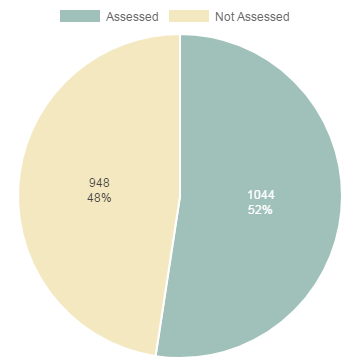
Lakes and Reservoirs, Assessed and Not Assessed. Source: Iowa DNR
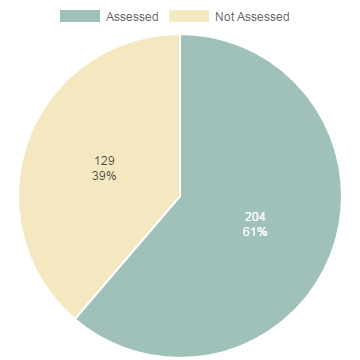
Wetlands. Assessed and Not Assessed. Source: Iowa DNR
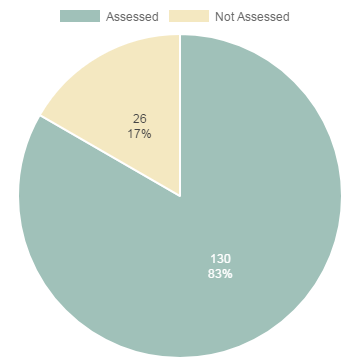
While point sources of pollution such as wastewater treatment plants are regulated by DNR and are required to reduce pollution contributing to downstream impairments, the majority of impairments in Iowa are related to unregulated nonpoint sources such as runoff from agricultural lands. The DNR reports that “Unless a state has authority and the means to reduce levels of nonpoint source pollution, the NPS-related impairments will likely continue to reside on the state’s list of impaired waters.”
To successfully achieve measurably cleaner water, Iowa needs to secure significant additional funding and other resources that are sustained over the long term and invest those resources in solutions that provide Iowans with quantifiable, verifiable results that show meaningful progress toward our clean water goals. Without these resources, Iowa is unlikely to achieve measurably cleaner water anytime soon.
For more information on Iowa's impaired waters, please visit the Iowa DNR website.